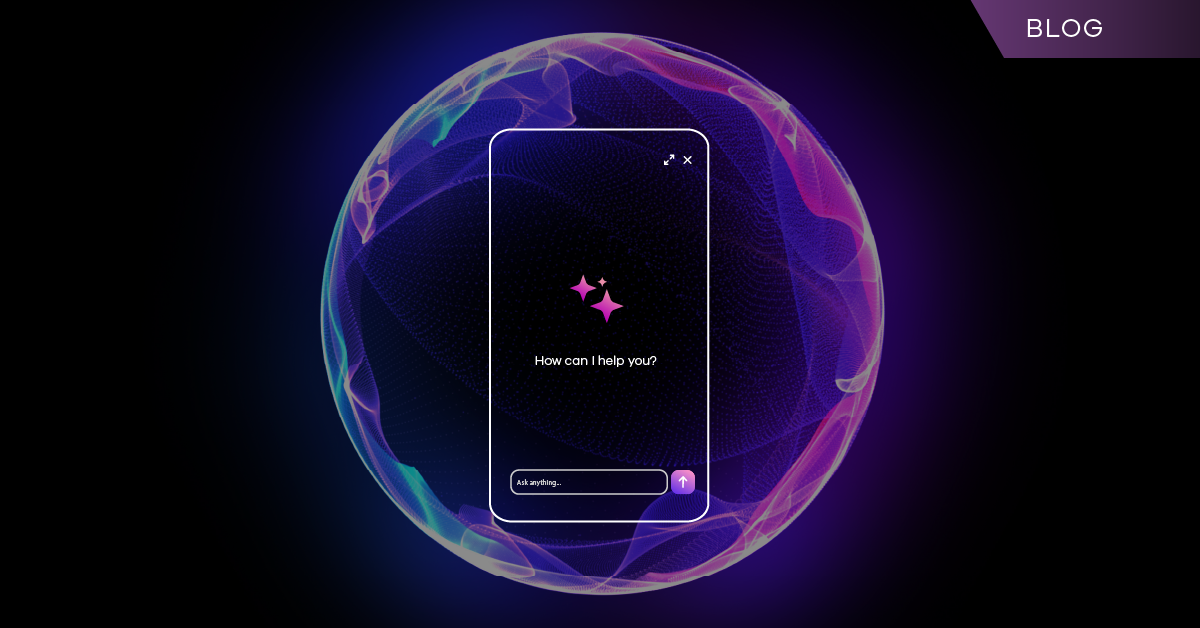Threats are moving faster, hiding deeper, and striking harder than ever before. Traditional perimeter security, once sufficient, can now leave critical gaps. In this landscape, cyber resilience requires more than just detection – it requires active, collaborative threat hunting.
Threat hunting is a proactive way to find and stop threats that may have gone past your current security measures before they become costly events. With the right tools and a plan, both security and IT teams can help stop threats quickly and recover quickly. With Commvault® Cloud, technologies such as YARA rules, deception frameworks, and canary files make this possible.
Here, we explore the hows: how threat hunting techniques work, how data admins benefit from threat hunting, and how they can help you improve your organization’s cyber resilience.
What is Threat Hunting?
Threat hunting has evolved from a niche IT security discipline into a critical component of modern cybersecurity and resilience. Today’s threats can bypass traditional detection systems and then quietly persist, conducting thorough reconnaissance and living off the land until they strike. Threat hunting has become a key part of the fight against cyber threats that are becoming more sophisticated and more common. It can help stop threats from spreading and avert big damage.
Early adopters of threat hunting began integrating proactive threat search techniques into their incident response workflows. By the mid-2010s, threat hunting had matured into a formal discipline embraced by Security Operations Centers (SOCs) worldwide.
Threat hunting is a cross-functional effort with increased impact when IT, security, and data management teams are included. The continuous practice relies on collective intelligence and demands both vigilance and agility. When done right, threat hunting can transform your cyber strategy from reactive to resilient.
Common Techniques and Strategies: How to Threat Hunt
Threat hunting relies on a layered approach to spotting anomalies. These techniques help you detect early signs of compromise by monitoring deviations in behavior, patterns in traffic, or activity in unexpected places. These are some commonly used threat hunting techniques:
- Threat scanning: Ongoing scanning is an integral aspect of any threat hunting effort. Scanning tools can be used to examine logs, files and file changes, network activity, and system behavior in real time or on a regular cadence. Using both signature-based and behavioral analysis, threat scanners can flag unusual activity long before standard alerts would be raised.
- YARA rules: YARA rules allow you to define and search for specific patterns in files, processes, or memory. They’re essentially the “blueprints” of specific characteristics of malware and may be created specifically by a SOC team if they know what they’re looking for or from a threat intelligence feed of community-sourced, in-the-wild threats. Security analysts use YARA rules to identify known malware types, find strange file signatures, and surface signs of a breach.
- Deception technology: Attackers rely on stealth, but deception technology turns that against them. By setting up decoys like honeypots, lures, and threat sensors, you can bait attackers into revealing themselves.
When attackers interact with these decoys, which appear like real systems with important data, during their reconnaissance, their attempt to communicate with these deceptive systems triggers an alert. This allows early threat detection without extra noise and without putting actual assets and business data at risk.
- Canary files: Similarly, canary files act as simple but effective digital tripwires. These files look like valuable content to an attacker when in fact they are monitored for any access or change. If touched, they trigger alerts that signal unauthorized activity.
As threat hunting techniques mature with time, the integration of AI and machine learning are on the horizon. These new technologies have the potential to improve detection accuracy and speed by identifying patterns that humans might miss, prioritize threats more intelligently, and reduce false positives that slow down response.
How Does IT Benefit from Threat Hunting?
Traditionally, threat hunting has strictly been the domain of security professionals. But now that recovery speed and data integrity define the operational resilience of businesses, data protection administrators have become a critical piece to solving the puzzle.
IT and data admins are the guards of the data, knowing where it sits and critical interlocks. Giving them a headstart on taking the attackers’ perspective and understanding where to start digging for hidden threats.
Regular backup processes can capture everything that happens in production. Therefore, data backups can become a shared trove of security-related insights, even if attackers are successful in covering their paths.
With growing responsibilities comes increasing rewards – leveraging threat hunting techniques can provide a plethora of unique benefits for your recovery process. Threat hunting can help you achieve clean recoveries. If you detect and isolate threats early, you can understand the last clean backup and recover uncompromised copies, helping avoid the risk of reinfection. This minimizes data loss, improves your recovery time, protects backup integrity, and helps you achieve critical KPIs.
Threat hunting also reduces the need for full recovery operations by stopping issues before they escalate. Fewer recoveries overall helps lower workloads across the entire team. Early warning signals give you more time to act and reduce operational burden. When recoveries are needed, they happen faster, with less guesswork and greater confidence.
Finally, embracing threat hunting tools can enhance a data admin’s credibility as a data steward. Your systems stay trusted, your recoveries stay smooth, and your reputation as a continuity leader grows.
Commvault Cloud brings threat hunting capabilities directly into backup and recovery workflows. You don’t need to become a security analyst. State-of-the-art, built-in threat hunting tools put powerful detection capabilities in the hands of data admins without requiring additional expertise. You can take control of data protection without stepping outside your role, contributing monumentally to organizational cyber resilience.
Own the Outcome: Passive Defense to Active Control
For your modern business, security approaches are maturing into resilience strategies – going beyond reactive firewalls and antiviruses. Comprehensive cyber resilience is about knowing what lurks inside and acting before damage spreads. Now, threat hunting offers an additional way to protect data, improve recovery outcomes, and lead with confidence while also sharing intelligence with your security counterparts.
With Commvault Cloud, threat hunting becomes part of your recovery readiness. Whether through ongoing threat scanning, signature-based detection with YARA rules, or using smart deception with decoys throughout your environment, you have access to the tools needed to help your business remain resilient against ever-changing cyber threats.
For more information, visit www.commvault.com.


